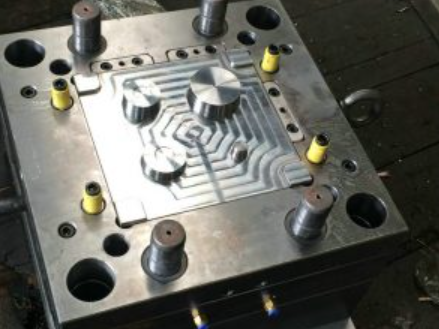
Plastic injection molds from the US and China can be interchangeable, but several factors must be considered to ensure compatibility and effectiveness. Here’s an overview of what influences the interchangeability of injection molds between these two regions:
Key Factors Influencing Interchangeability
1. Design Standards and Specifications
- Design Standards: Both countries adhere to international design standards (e.g., ISO), but there can be differences in tolerances, material specifications, and design preferences. Ensuring that both molds adhere to the same design standards is crucial.
- Compatibility: The molds must be designed for the same injection molding machines or have compatible specifications. Differences in machine configurations, such as clamping force and shot size, can affect interchangeability.
[elementor-template id=”4330″]
2. Material Quality
- Steel Grades: The quality of steel used for molds can vary. US molds often use higher-grade steel (e.g., P20, H13) which may differ from the steel grades commonly used in China.
- Longevity and Maintenance: Higher-quality steel generally results in more durable molds with longer lifespans and less frequent maintenance needs. If the steel quality differs significantly, the molds may not be directly interchangeable.
3. Manufacturing Precision
- Machining Accuracy: Precision in mold manufacturing is critical. Molds produced with different levels of machining accuracy may not perform identically, even if they are theoretically interchangeable.
- Surface Finish: The surface finish of the molds impacts the quality of the final product. Variations in surface finish standards can affect the interchangeability.
4. Mold Design Features
- Cooling Systems: Differences in cooling system designs between US and Chinese molds can affect cycle times and product quality. Ensuring the cooling channels and designs are compatible is essential.
- Ejection Systems: Variations in ejection systems (e.g., pins, plates) can influence the ease of interchangeability. Consistent ejection design helps in seamless mold swaps.
[elementor-template id=”4331″]
5. Technical Support and Standards Compliance
- Support and Maintenance: Access to technical support for mold maintenance and troubleshooting is crucial. Availability of support in both regions can affect how easily molds can be interchanged.
- Standards Compliance: Both regions need to ensure compliance with regulatory and industry standards. Molds meeting international standards (such as ISO) are more likely to be interchangeable.
Related Conten: Custom Plastic Extrusions
 DTG Mould Trade Process |
|
| Quote: | According to sample, drawing and specific requirement. |
|---|---|
| Discussion | Mold material, cavity number, price, runner, payment, etc. |
| S/C Signature | Approval for all the items. |
| Advance | Pay 50% by T/T |
| Product Design Checking | We check the product design. If some position is not perfect, or can not be done on the mould, we will send customer the report. |
| Mold Processing | Send report to customer once each week |
| Mold Testing | Send trial samples and try-out report to customer for confirmation |
| Mold Modification | According to customer’s feedback. |
| Balance Settlement | 50% by T/T after the customer approved the trial sample and mould quality. |
| Delivery | Delivery by sea or air. The forwarder can be designated by your side. |
 |
|

